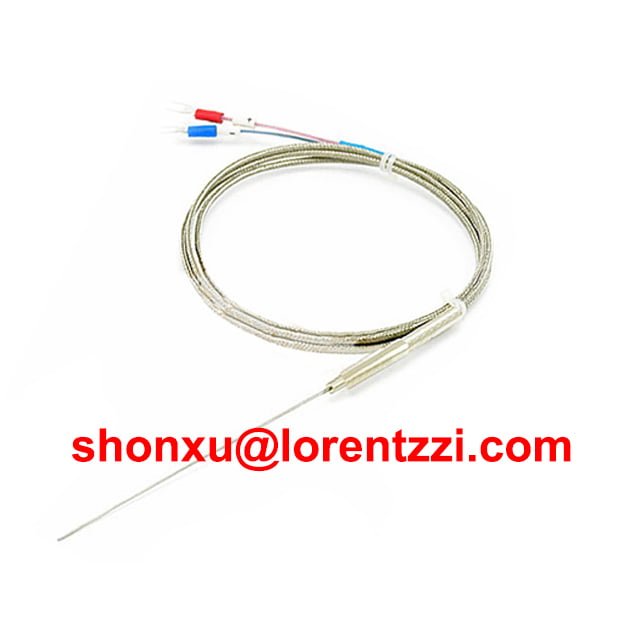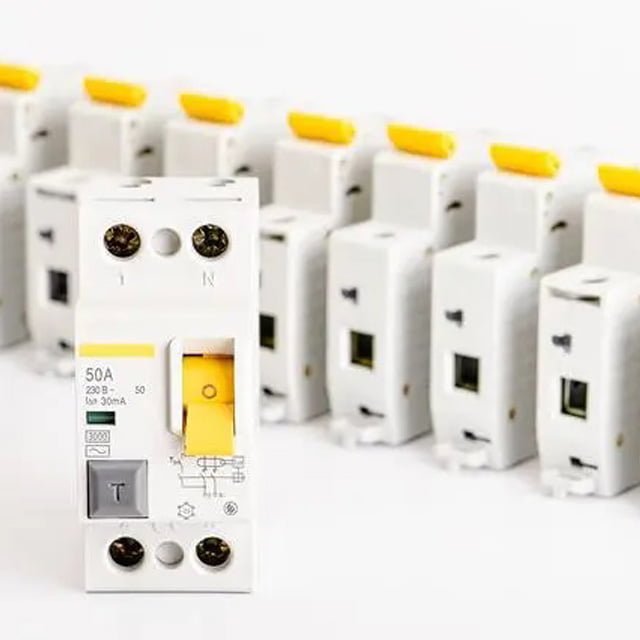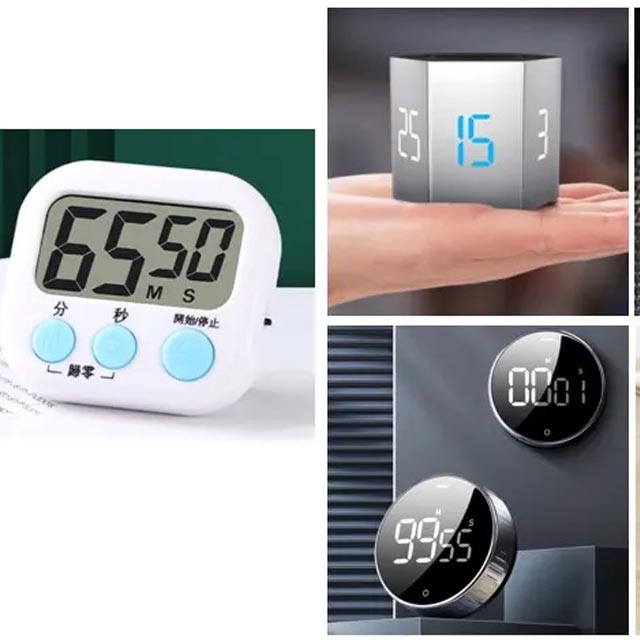Contents
Overview
Thermocouples are divided into K type, N type, E type, J type, T type, S type, and B type according to their different materials, so the measured temperature also has certain differences, and their advantages and disadvantages are also different.
1. K thermocouple
A K type thermocouple is made of nickel chromium-nickel silicon and can measure temperatures ranging from -200 to 1300 ℃. It is a widely used and inexpensive type of thermocouple that is suitable for use in both oxidizing and inert atmospheres. However, its bare wire is not recommended for use in vacuum, carbon, sulfur, or alternating redox atmospheres.
2. N thermocouple
The N type thermocouple material consists of nickel chromium silicon and nickel silicon, with a temperature range of -200°C to 1300°C. It is a cost-effective option with high-temperature oxidation and nuclear radiation resistance, as well as ultra-low temperature resistance. Additionally, it has good long-term stability of thermal electromotive force rate. The main drawbacks of N-type thermocouples are that they have a small thermal electromotive force rate, were launched later than other types, and are not as widely used.
3. E type thermocouple
The E type thermocouple material is made of nickel-chromium-copper-nickel and has a temperature range of -200°C to 850°C. It is a cost-effective option with a high thermal electromotive force rate and sensitivity. However, it does not have sufficient temperature resistance to be used in high-temperature areas, and its other characteristics are similar to the K-type thermocouple.
4. J type thermocouple
The J-type thermocouple material is made of iron-copper-nickel and has a temperature range of -200°C to 950°C. It is a cost-effective option with a larger thermal electromotive force rate than the K-type thermocouple. Additionally, it can be used in both oxidizing and reducing atmospheres and is resistant to H2 and CO corrosion. However, it cannot be used in a sulfur-containing atmosphere and its iron pole oxidizes quickly after exceeding 538°C. Furthermore, its temperature resistance is not high enough to be used in high-temperature areas.
5. T type thermocouple
Material: copper-copper nickel; Temperature range: -200 ~ 350℃; Advantages: cheap price, high precision; Disadvantages: poor oxidation resistance, not resistant to high temperature.
6. S type thermocouple
The material used for the platinum rhodium 10-platinum thermocouple has a temperature range of 600°C to 1600°C. It is an excellent option for ultra-high temperature resistance and can be used in both oxidizing and inert atmospheres. However, it is expensive and has a very small thermoelectric potential at room temperature, making it unsuitable for medium and low-temperature measurements.
7. B type thermocouple
The B-type thermocouple material consists of platinum rhodium 30-platinum and has a temperature range of 600°C to 1800°C. It is an excellent option for ultra-high temperature resistance and can be used in oxidizing or neutral atmospheres. However, it is expensive and has a very small thermoelectric potential at room temperature, making it unsuitable for medium and low-temperature measurements. Note that the B-type thermocouple has a higher temperature range than the platinum rhodium 10-platinum thermocouple
Conclusion
According to the above descriptions, we can clearly know the difference, advantages and disadvantages of different thermocouples, so you can choose the suitable thermocouples on basis of your industial applications. We Lorentzzi can supply all types of thermocouples and RTD. More information, pls send email to shonxu@lorentzzi.com.






